WAGO Data and telecommunication


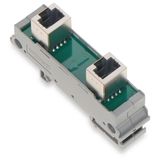

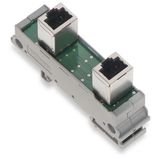
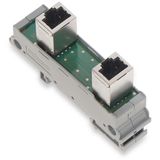
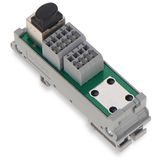
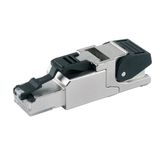

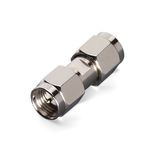
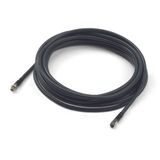



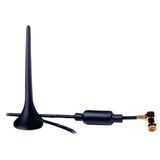
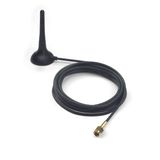

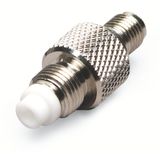
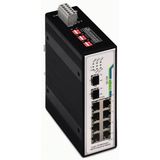
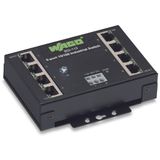


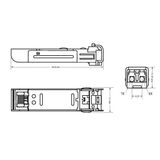
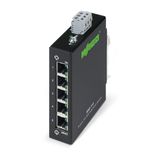
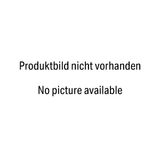
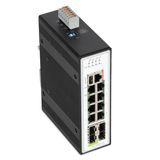
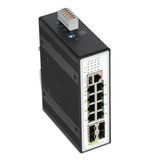
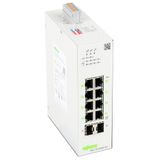
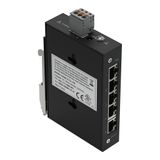



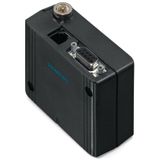
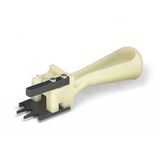

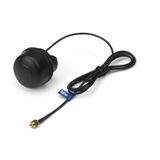

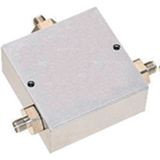

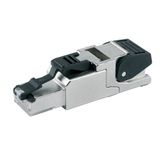




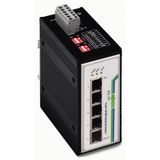
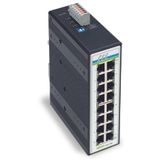
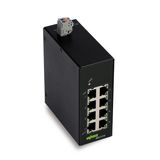

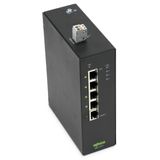

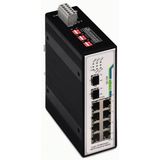
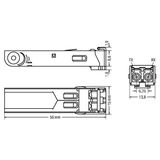
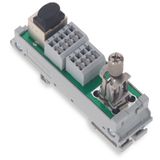
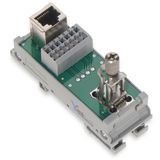
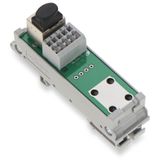

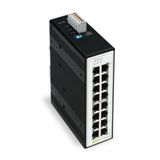
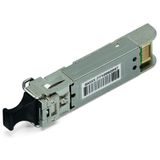
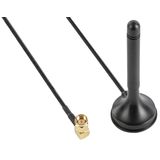
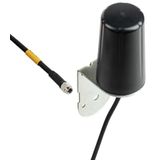
-
-
1
- 2
-
IT rooms don’t forgive sloppy copper. If patching doesn’t match the backbone, you chase ghost errors for weeks. WAGO’s data/telecom portfolio is built around predictable geometry, verified transmission classes, and shield terminations that actually hold 360° contact. Below is a field-first map you can drop into drawings and method statements without guesswork.
wago data and telecommunication portfolio and deployment logic
The campus stack spans patch panels, keystone outlets, pre-terminated trunks, RJ45 terminations, shield clamps, and labeling that stays readable after moves/adds/changes. Plan rack-to-desk with one grid for jack height, one bend-radius rule per pathway, and one bonding method at each gland plate; that’s how wago data and telecommunication remains stable under PoE loads and frequent repatching.
wago network cabling copper categories, PoE budgets, and bend rules
Pick cable class by service now and five years out. For most offices, Cat6A (Class Ea, 500 MHz) is the sweet spot; studios or labs may push Cat7A/Class FA or Cat8 for short-run gear. Publish pull force, jacket type (LSZH/CPR), minimum bend radius (≥4×OD unpowered; ≥8×OD under load), and separation from mains. With wago network cabling you’ll also lock PoE design (IEEE 802.3af/at/bt), bundle sizes, and temperature rise so patch frames don’t cook.
wago structured communication systems topology, pathways, and labeling
A structured plant lives on discipline: star topology from racks, consolidation points only where access is guaranteed, and pathway fill ≤40% for future growth. Document tray/conduit materials, divider use for SELV vs mains, and tray bonding every few meters. Panels, outlets, and consolidation boxes in wago structured communication systems ship with marker windows and printable legends—use one ID format from MDF to TO to stop MAC churn from breaking records.
wago ethernet connectors termination styles, shielding, and test access
Field-terminable RJ45s (tool-less or IDC) are worth their weight when ceilings are tight. Specify conductor class (solid vs stranded), supported wire gauges (AWG 22–26 typical), and shielding (UTP/FTP/S/FTP) with 360° braid clamps at the gland plate. wago ethernet connectors list IEC 60603-7 compliance, IEC 60512 contact and mating-cycle tests, and PoE current paths that won’t overheat under 802.3bt. Insist on integrated test ports so certification leads snap in without re-termination.
wago data transmission accessories grounding, patching, and identification
Earthing braids, shield clamps, patch cords, couplers, and cable managers are the small parts that keep links stable. Stock wago data transmission accessories by length/color, snagless boot style, and shielding type; add 1U managers above and below each panel, and keep pre-cut bonding straps in the same bin as the clamps so techs don’t improvise with wire scraps.
wago communication modules media conversion and edge I O bridges
Racks rarely stay homogeneous. Fiber transceivers, copper/fiber media converters, and slim DIN devices that hand off to RS-485 or dry contacts help tie BMS and access control to the LAN. wago communication modules should publish power draw, isolation, supported speeds, and environmental ratings if they live in warm risers.
wago telecommunication wiring voice, backbone, and fiber notes
Where voice or legacy serial rides the same pathway, reserve a color and label set to avoid cross-patches. For building backbones, use OM4/OM5 MM or OS2 SM with LC connectors; document polarity (A-B/A-A), connector type, and tray segregation from power. With wago telecommunication wiring, record splice cassettes, spare fibers per route, and inspection intervals so OTDR traces remain comparable across seasons.
Technical specifications and standards that matter
- Cabling: ISO/IEC 11801-1, EN 50173 series; channel limits verified with field testers to Class Ea or above.
- Connectors: IEC 60603-7 (RJ45), IEC 60512 (mechanical/electrical testing).
- PoE: IEEE 802.3af/at/bt—budget for continuous power and temperature rise in bundles.
- Fire/CPR: EN 50575 with DoP; LSZH per IEC 60754/61034 where required.
- EMC: 360° shield bonding at gland plates; tray bonding and single-point grounding strategy documented.
- Separation: follow local codes; typical ≥200 mm from mains or use metal dividers; cross at 90° where unavoidable.
Applications and compatibility
• Offices/hospitality: Cat6A to the desk, OM4 to risers, PoE endpoints (APs, cameras, controllers) planned with bundle derating.
• Healthcare/education: LSZH sheaths, tamper-resistant outlets, clear labeling for audits.
• Industrial/logistics: S/FTP with robust clamps near drives, IP-rated outlets in dusty zones, short MM/SM fiber to cabinets.
Selection checklist for B2B buyers
- Fix category/class and PoE level; verify channel length and tester model/limits.
- Choose shielding scheme (UTP vs F/UTP vs S/FTP) and clamp method; publish 360° bond points.
- Define pathway (tray/conduit), fill factor, bend radius, and CPR/LSZH requirement.
- Lock termination style (tool-less IDC vs crimp), outlet style, and panel density with labeling format.
- Plan certification: link/channel, test adapters, and retest cadence; attach acceptance sheets to the layout.
Advantages of working with Bankoflamps
Bankoflamps serves trade customers on clear terms: tailored B2B pricing, custom offers, and a dedicated account manager. Quotes are typically returned in about an hour, and ordering by EAN/MPN is straightforward. Through the client portal you can see EU-wide stock live, check lead times and order status, and download price lists that stay current; purchase history and analytics are available for planning. Trusted clients can use post-payment terms up to 30 days. Shipments are consolidated to trim delivery costs, prices include validity windows, and we support customers in France, the Baltics, Germany, Spain, Italy, Belgium, and the Netherlands.